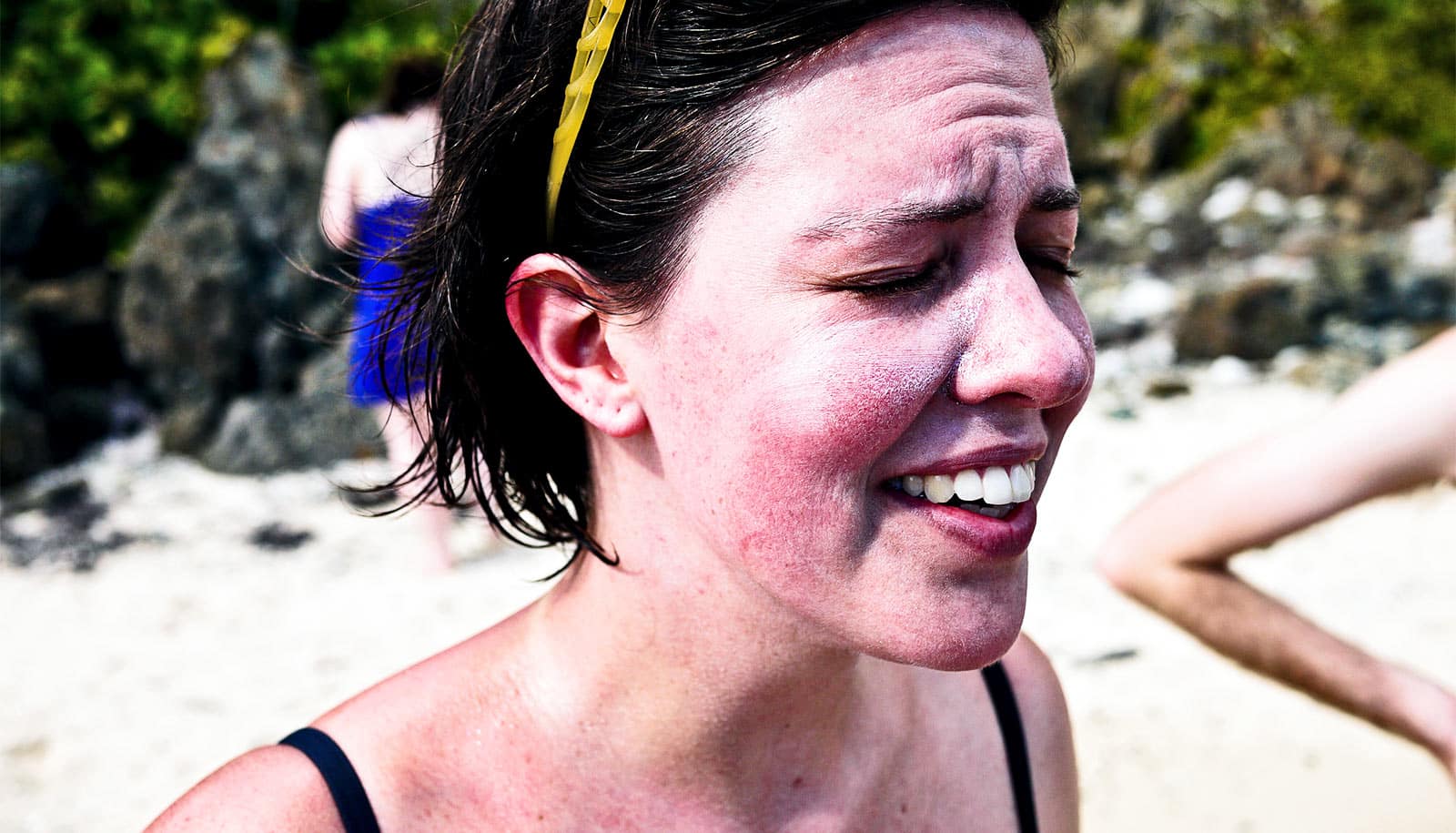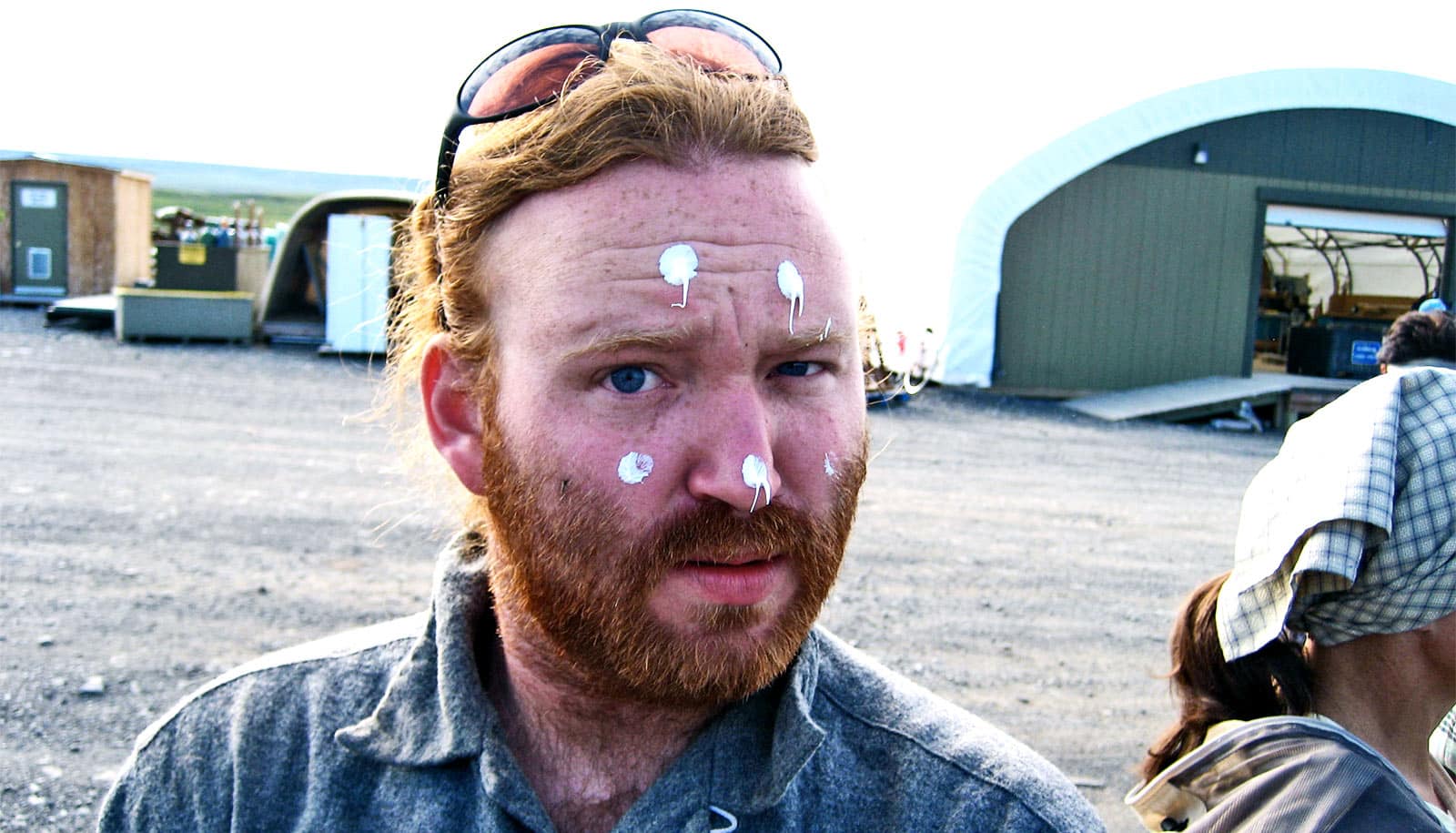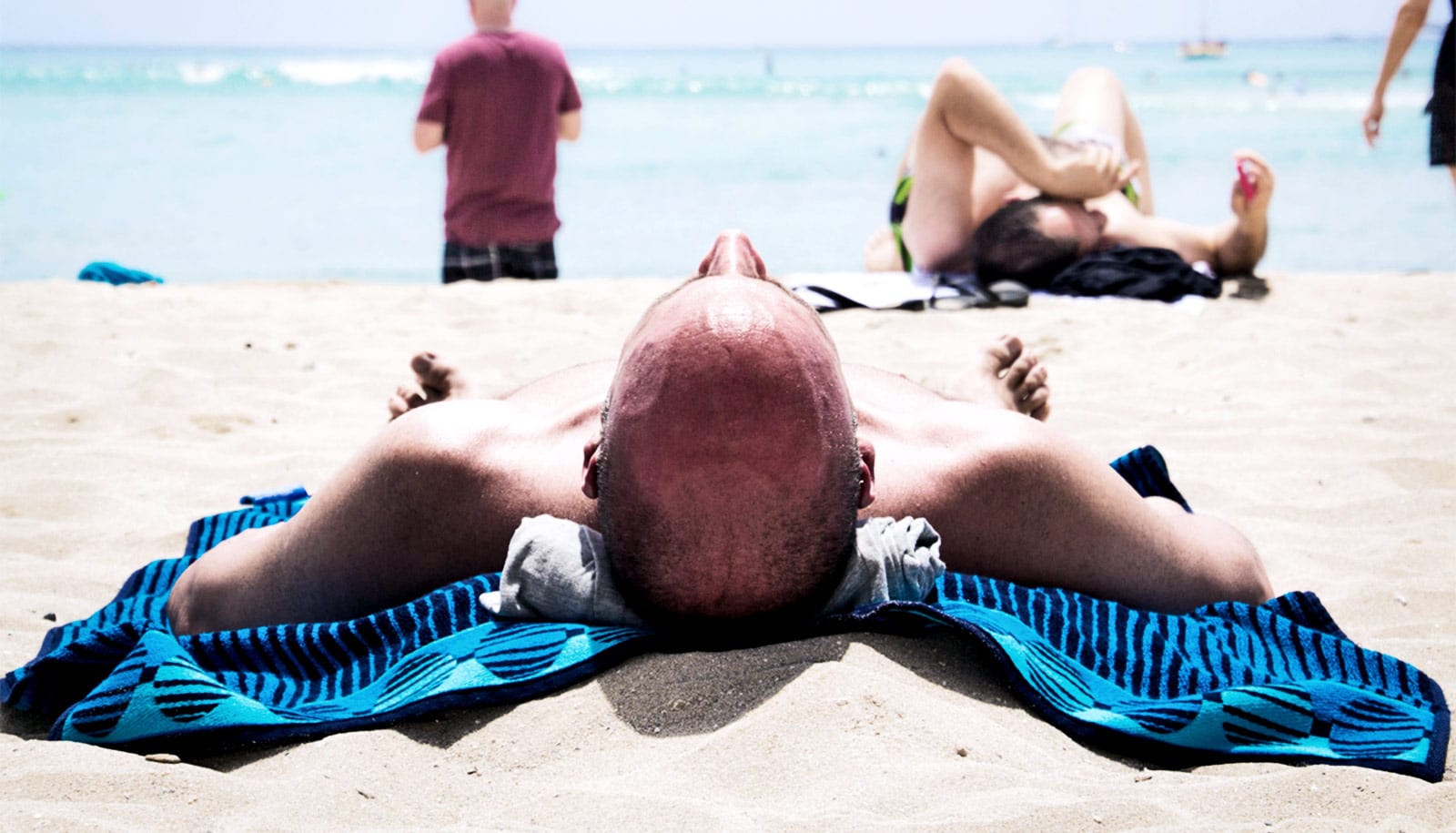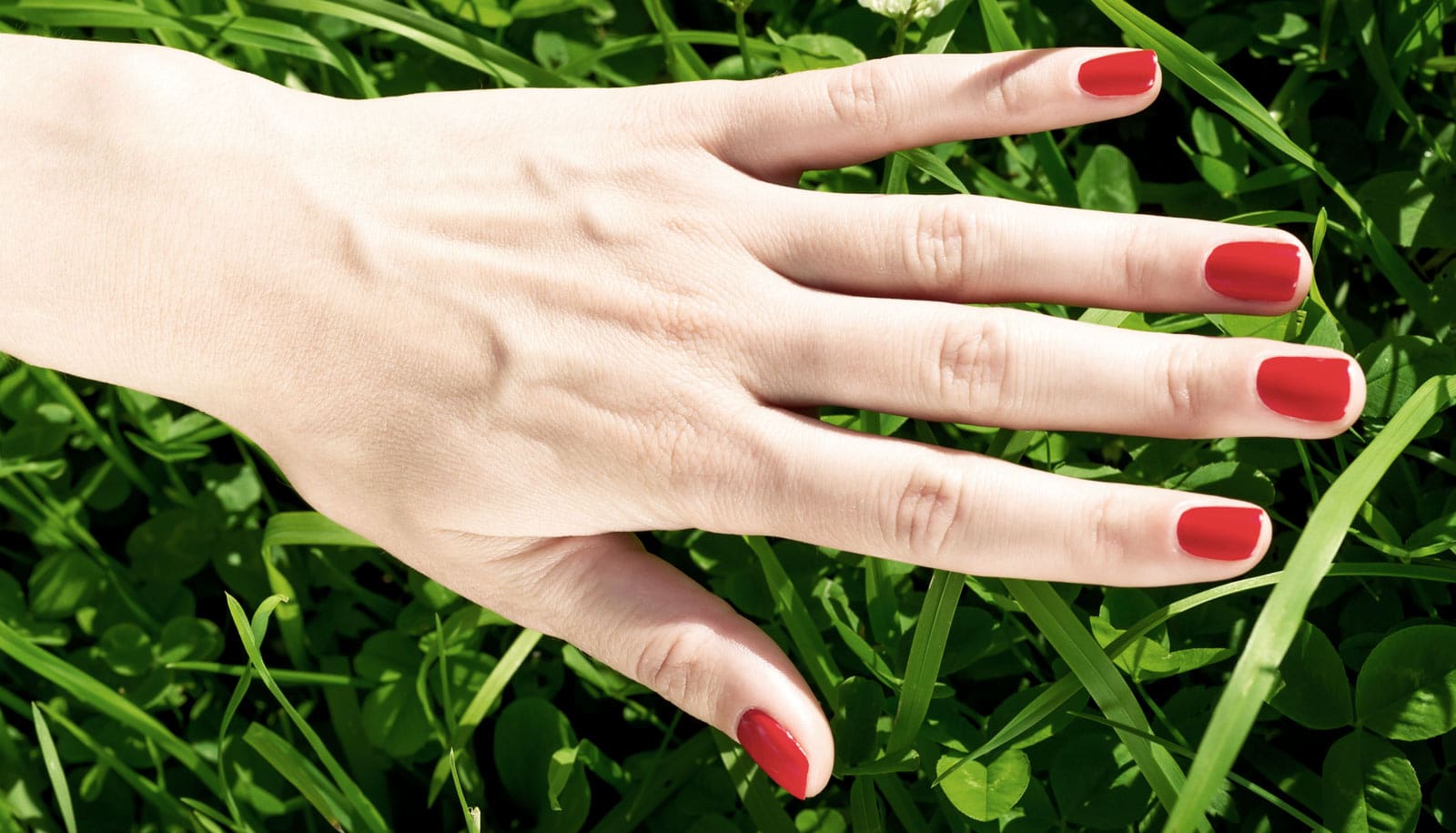Regular and interactive text messaging is an effective way to help young people avoid sunburn by changing their behavior, researchers report.
The researchers set out to establish the optimal text messaging intervention to achieve behavior change in young adults at risk of skin cancer.
“Overall, the sunburn rates decreased from 40.3% of participants at the start of the texting intervention to 7% at the end.”
They tested four variations of personalization, interactivity, and message frequency over a six-month period with participants providing regular feedback, says Monika Janda, who leads the behavioral science unit at the University of Queensland’s Centre for Health Services Research.
“Overall, the sunburn rates decreased from 40.3% of participants at the start of the texting intervention to 7% at the end,” Janda says.
“Particularly revealing were the results one year after baseline where sunburn rates remained significantly below those at the start of the study, at 23.5%.
“Previous studies have shown that text messaging works really well for various health conditions but it was never clear how often we had to send people those messages.
“We found interactive messaging where we asked people to respond worked the best. For example, we might say, ‘Dear John, have you used sunscreen today? Text back yes or no.’
“We also trialed sending three messages per week and seven messages per week, and we found that three was the most effective.”
The study included 400 men and women between the ages of 18 and 40 who lived in Queensland, owned a smartphone, and had at least two skin cancer risk factors.
“We’ve also started work here at UQ on a website that will provide a similar interactive experience,” Janda says.
“About 1,700 Australians die from melanoma each year and another 500 die from other kinds of skin cancers, so avoiding over-exposure to the sun is very important.”
Janda presented the study results to the Australian Cancer Council’s Skin Cancer Prevention Committee.
The research appears in American Journal of Preventive Medicine.
Source: University of Queensland



